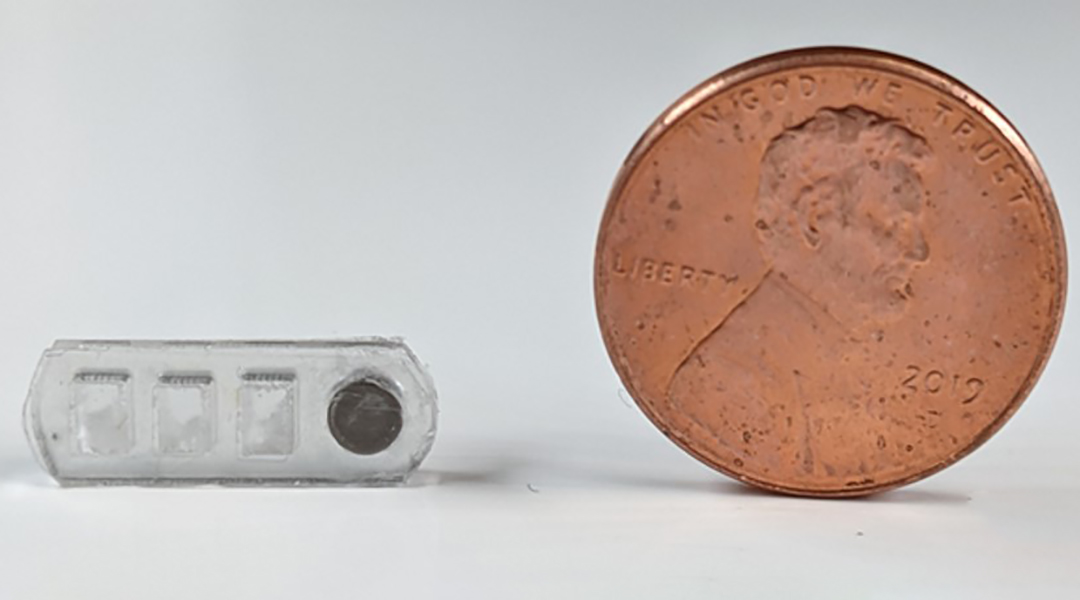Every year, about 62 million people in the United States are diagnosed with gastrointestinal (GI) diseases, including different types of cancer, irritable bowel syndrome, and Crohn’s disease.
Detecting and continuously monitoring for biomarkers or physiological changes within the body represents a powerful preventive measure that could save the lives of countless people. For instance, if caught early, nine in ten patients survive colorectal cancer where this survival rate plummets to one in ten if identified late. Early detection is therefore critical.
Although survival statistics clearly demonstrate the benefits of early detection, medical guidelines for cancer screening are often inadequate — colon cancer screening for patients over the age of 45 are recommended every five to ten years.
Researchers at the BAMM lab working in the Stanford University School of Medicine hope to fill the gap between screenings using an easy-to-use robotic pill they developed that is capable of scaling the entire GI track, capturing biomarkers which it uses to identify disease states.
Developing tests to screen for diseases in the gut is particularly challenging because of how difficult it is to access without requiring surgery, as well as its length. At over 30 feet long, the GI tract can be difficult to fully navigate and analyze. While standard procedures, such as colonoscopies or endoscopies, are the gold standard for diagnosing disease, they occur infrequently (every five years) and are limited in their ability to assess the entire GI tract, not to mention the fact that they are cumbersome and invasive, resulting in low compliance.
Stool or blood samples can help to identify early signal of disease, such hidden bleeding and DNA markers in the gut, though they offer limited information about the disease’s source. Thus, there is a great need for creating simple approaches that can take samples at multiple locations in the gut to narrow down and differentiate between different GI cancers, for example, such as pancreatic, intestinal, or colorectal cancer.
The pill consists of a small plastic structure containing multiple collections chambers that open sequentially, enabling it to map biomarkers to a specific collection site rather than obtaining an average measurement from the whole digestive system.
Once swallowed, the pill collects information by trapping molecules or pathogens of interest in a sodium polyacrylate gel — an absorbent material. In an in vitro proof-of-concept experiment, the robotic pill was capable of collecting diverse biomarkers, including proteins and bacteria. After capture, the biomarkers are released from the gel and analyzed in a lab using standard analytical methods, including immunochemical and PCR tests.
The next steps will be to evaluate the pill’s ability to capture and diagnose disease in large animal models and evaluate its efficacy and safety for clinical translation.
In the future, the robotic pill could be used in routine checkups or used as at-home tests, as simple as measuring one’s pulse rate or blood pressure, where the information collected is used to predict disease before it’s too late.
Reference: Fernando Soto, et al., Robotic Pill for Biomarker and Fluid Sampling in the Gastrointestinal Tract, Advanced Intelligent Systems (2022). DOI: 10.1002/aisy.202200030
Disclaimer: The author of this article was involved in the study

















